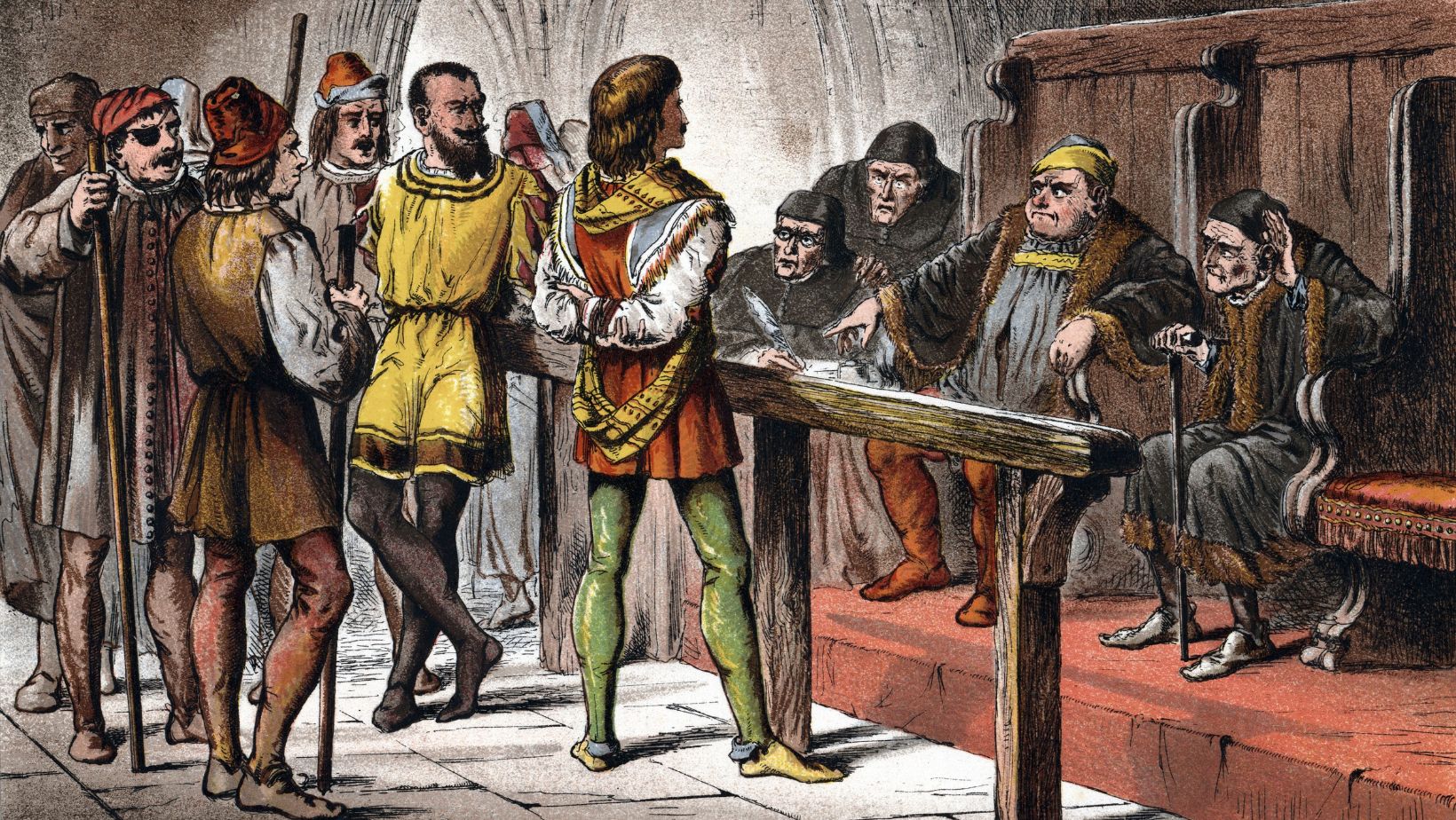What Is The Central Idea of This Passage About Shakespeare’s Imaginary Sister, Judith?
As a seasoned blogger, I’ve spent years dissecting the works of literary giants, and few are as intriguing as William Shakespeare. However, Shakespeare’s imaginary sister, Judith, is a concept that has piqued my interest recently. This idea, introduced by Virginia Woolf in her groundbreaking essay “A Room of One’s Own”, invites us to imagine a parallel universe where Shakespeare had a sister equally gifted in writing.
Judith’s story is a hypothetical one, but it’s deeply rooted in the harsh realities of the Elizabethan era. Woolf uses Judith as a symbol to highlight the gender inequality prevalent in Shakespeare’s time. The central idea of this passage isn’t just about an imaginary sister, it’s a critique of the societal norms that would have prevented a woman of that era from achieving the same fame as her brother.
In this article, I’ll be diving into the heart of this passage, exploring the central idea behind Judith’s tale. We’ll look at how Woolf uses this character to paint a picture of the struggles women faced in the Elizabethan era, and how this continues to resonate with readers today.
Shakespeare’s Imaginary Sister, Judith
In Woolf’s extrapolation, Judith Shakespeare stands as a metaphor for the women of Shakespeare’s time. Unlike her celebrated brother, society didn’t offer Judith the same environment of learning and self-expression. She represents the artistic talent that might have been lost due to societal constraints.
When I fathom Judith’s predicament, I cannot help but feel a sting of injustice. It’s important to understand that Judith’s world was starkly different from today. The Elizabethan era severely restricted a woman’s right to education or a career. Judith’s futile attempts to break free from societal norms portray the untold struggles of countless women during that period.
Even today, Judith resonates with me, and many readers, as she embodies the denied opportunities, suppressed talents and stifled voices of women. She encourages us to reflect on gender disparities in a historical context and recognize the progress we’ve made since then.
Has the struggle been the same for all women? Does Judith’s tale differ across continents? I’ll deliberate on this in the next section, “Global Perspectives on Judith’s Tale”. We’ll see how gender disparity affected women globally during the Elizabethan era. We’ll discover if Judith’s narrative carries a different meaning in different cultures.
Mulling over these questions about Judith only leads us to further inquiries about women’s rights, gender disparity and cultural biases. Tackling them is an essential step to discern the depth of gender constructs during Shakespeare’s time and its implications today.
Digging into Judith’s story also reveals the growth we’ve made towards gender equality. This piece may depict an imaginary woman from the past, but it hits close to home for many women today. Judith teaches us valuable lessons, even if through a frustrating lens, and that’s something worth elaborating on.

The Central Idea of the Passage
Life of Shakespeare’s Imaginary Sister, Judith
Born and raised in the same house as William, Judith Shakespeare, as illustrated by Virginia Woolf, faced a future starkly different from her brother’s despite sharing the same passion for writing. Raised in an era when societal norms did not favor women, Woolf depicts Judith as being forcibly married off at a young age. Amidst mounting familial pressures and societal expectations, Judith’s potential was stifled.
Challenges Faced by Judith
The portrayal of Judith is a powerful assertion of the struggles women faced during the Elizabethan era. This imaginary character endures severe constraints that extinguish her potential. Educational opportunities are denied to her due to her gender, making it nearly impossible for her to blossom into a successful author. Further, societal pressures corner Judith into a life of marriage and motherhood, forcibly prioritizing familial responsibilities over personal ambitions.
A stark contrast is highlighted between the lives of Judith and her brother, William. I observe that while William, a man, could leave for London to lead a great career, Judith was left behind to cater to domestic chores. Forced into a world she did not desire, Judith’s story elucidates the gender discrimination that shackled women’s prospects during Shakespeare’s era.
Lastly, Judith’s imaginary life underscores the harsh reality that recognition and success in the literary world were primarily a man’s privilege during the Elizabethan era. Despite exhibiting similar talent, Judith is unable to break free from societal norms, succumbing to a life she did not choose. This socio-cultural barricade illustrates the cruel face of gender inequality, stifling creativity solely based on gender.
